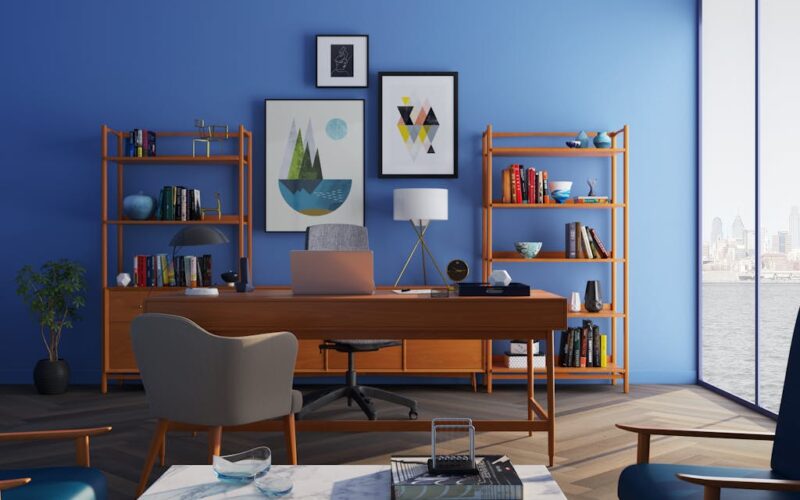Effective organization in your home starts with selecting the right storage furniture. Whether you’re looking to declutter your living space, create more room, or simply keep your belongings neatly arranged, the right storage pieces can make all the difference. The following are some tips and ideas to help you choose storage furniture that fits your organizational needs and complements your home décor.
Assess Your Storage Needs
Before purchasing storage furniture, take the time to assess your specific storage needs. Different rooms will have different requirements. For example, a bedroom may need a dresser or wardrobe for clothing, while a living room might benefit from a console table with drawers or an entertainment center with shelves. Consider the size and type of items you need to store. Do you need something for books, toys, clothes, or office supplies? This assessment will guide your decision-making and help you choose furniture that suits your space.
Measure Your Space
Storage furniture comes in various sizes and designs, so it’s essential to measure your available space before making any purchases. Whether you’re looking for a tall shelving unit, a narrow console, or a large chest of drawers, knowing the dimensions of your room will ensure that your chosen piece fits perfectly. Be mindful of any doors, windows, or walkways that could impact the placement of the furniture. Additionally, consider how much floor space the furniture will take up, and ensure it doesn’t overcrowd the room.
Choose Multi-Functional Pieces
Opting for multi-functional storage furniture can help you maximize your space, especially if you live in a smaller home or apartment. For instance, a bed with built-in storage drawers is perfect for storing linens or seasonal clothes without needing extra furniture. Similarly, ottomans that double as storage chests or coffee tables with hidden compartments are great for keeping living areas clutter-free while also serving a practical purpose.
Focus on Durability and Material
The material and durability of your storage furniture are crucial factors to consider, particularly if you plan to store heavy items. Solid wood is often the most durable choice for storage furniture, offering long-lasting strength and aesthetic appeal. However, engineered wood, metal, or plastic may also be suitable depending on the intended use. For example, metal shelving units are ideal for garages or home offices where durability is a priority, while fabric storage cubes can work well in children’s rooms or for lightweight items.
Consider Your Home’s Aesthetic
Storage furniture should not only serve a functional purpose but also complement the overall design of your home. Consider your home’s color scheme, style, and décor when selecting storage pieces. If your home has a modern aesthetic, sleek furniture with clean lines and minimalist designs will likely fit in well. For a more rustic or traditional look, consider wooden furniture with a natural finish. Neutral tones tend to blend seamlessly with most interiors, while bold colors can make a statement in specific rooms.
Maximize Vertical Space
When floor space is limited, using vertical space can be an effective way to increase storage capacity. Wall-mounted shelves, tall bookcases, and cabinets that reach up to the ceiling are excellent options for maximizing storage in small spaces. Vertical storage solutions not only free up floor space but also add visual interest to a room. Make sure that tall furniture is securely anchored to the wall to prevent tipping, especially in homes with children or pets.
Open vs. Closed Storage
Choosing between open and closed storage depends on both your personal preference and the room’s function. Open storage, such as bookshelves or display units, allows easy access to items and can showcase decorative pieces, books, or plants. However, if you want to hide clutter or keep things out of sight, closed storage options like cabinets, dressers, or storage chests are ideal. Many storage solutions combine both open and closed elements, offering the best of both worlds.









